Foam Rolling
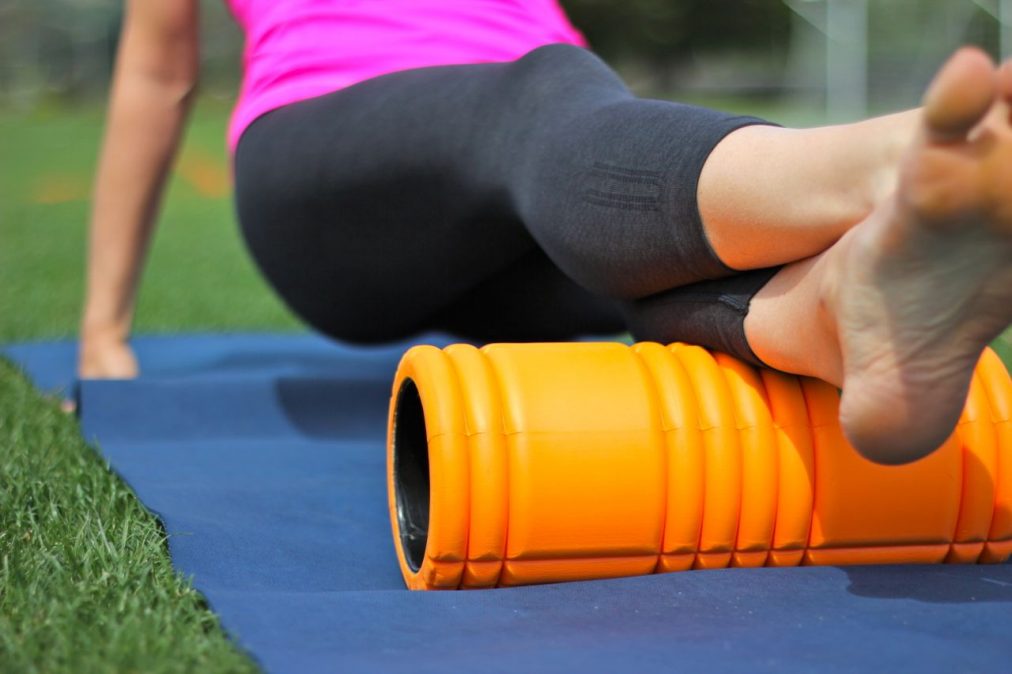
What is it?
You have probably seen or tried it at your gym or exercise class. It looks like a pool noodle but a bit thicker and firmer than it. That is a foam roller. It is a self-massage tool used to release muscle knots and enhance recovery after a workout. How does it do that? By applying pressure to the tissue, it can break up the knots, improve blood flow and flush out toxins in the muscle.
How much and often should I do it?
If you have tried foam rolling before, you will know that it hurts. There are different “intensities” of foam rollers which I will discuss later, so you can start with a lighter version first. In general, start with 30 seconds and build up to 3-5 minutes per muscle. Ideally, you should feel the muscle release or soften under the roller. Try to be consistent with it, around 3x/week and it is best after a workout when your muscles are already warm.
The different types of rollers
There are many variations of foam rollers out there, but I will try to simplify them into four main types:
- The lightest intensity would be the stick. You only use as much pressure as your hands generate so it is relatively mild. This can be effective for sensitive tissue and I find it handy for muscles in the calf and hamstrings.
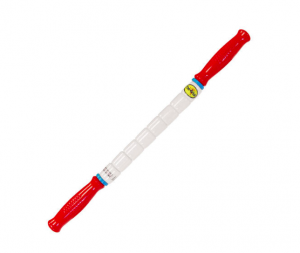
- Next up would be a high-density foam roller. This is what we use at the clinic and I find it a good entry point if you have an injury or a very tight muscle.
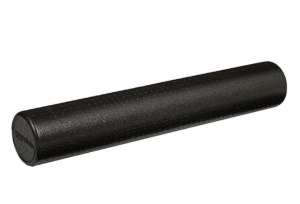
- The next level up would be rollers with spikes or bumps on the outside of the roller. These are meant to be more aggressive and get deeper into trigger points. Many people like these for big muscles like the quads.
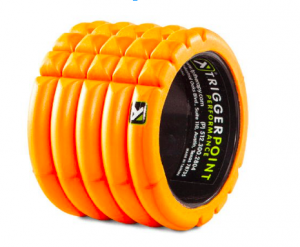
- And finally the most aggressive would be a hard ball like a lacrosse ball. This is great for getting into those tough to access muscles and ones that are quite deep.
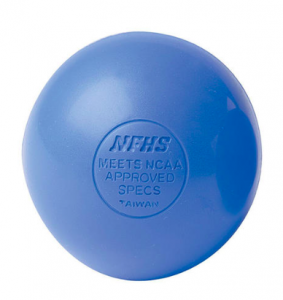
Words of caution
Never roll tissue that is inflamed – red, hot, or swollen. This will just make things worse. Also, avoid rolling over joints or bones. I do not recommend rolling the lower back or neck. And although foam rolling is meant to be a bit painful, it shouldn’t be so painful that you aren’t able to relax your muscles while rolling. If that is the case, try to use a gentler method and work your way up. Firmer is not necessarily better. You just need to find a tool that works for your level of tension.
If you have any more questions on how to use a foam roller or want to know which muscles to roll for your injury or activity, please consult a physiotherapist.

About twice a month our therapists will be posting answers to commonly asked questions. So, if you have a burning question that you want answered let us know in the comments below.
We can cover anything ranging from active rehabilitation, to injury prevention.
This week our featured therapist is Jessie Wu. To learn more about Jessie check out our PhysioWorks team.


Leave a Reply